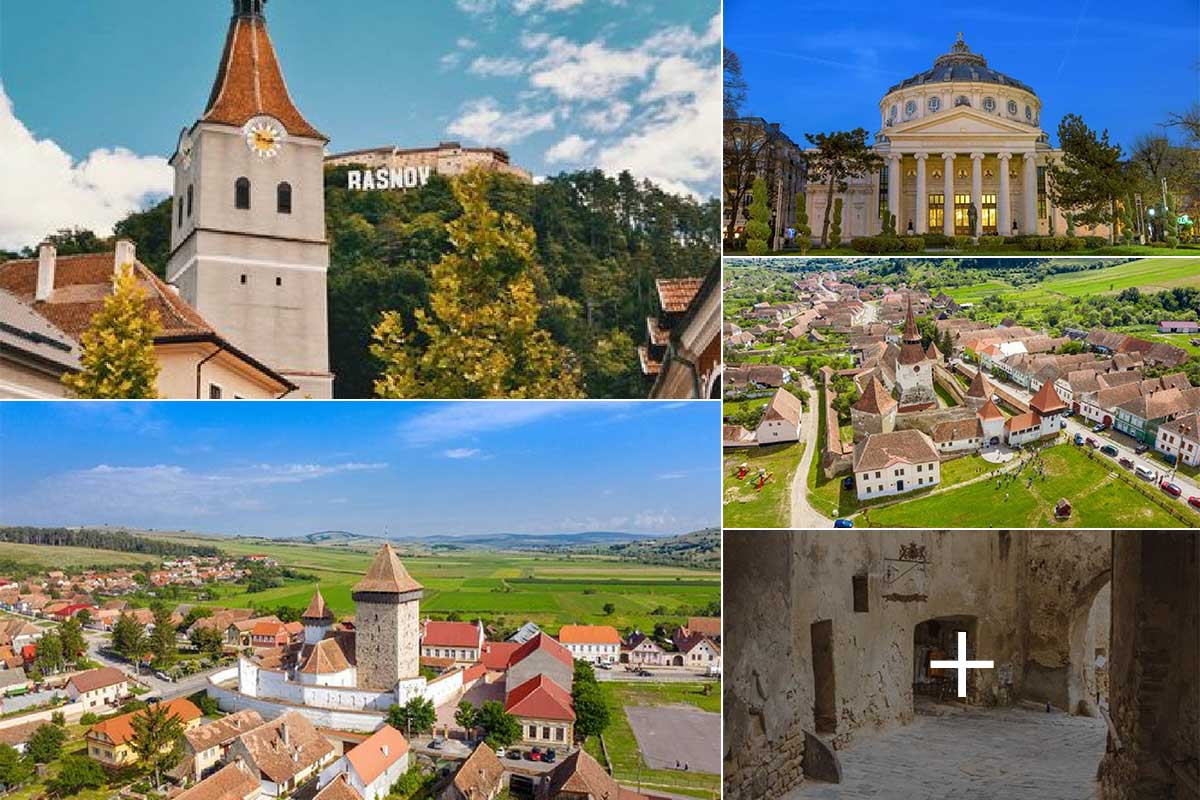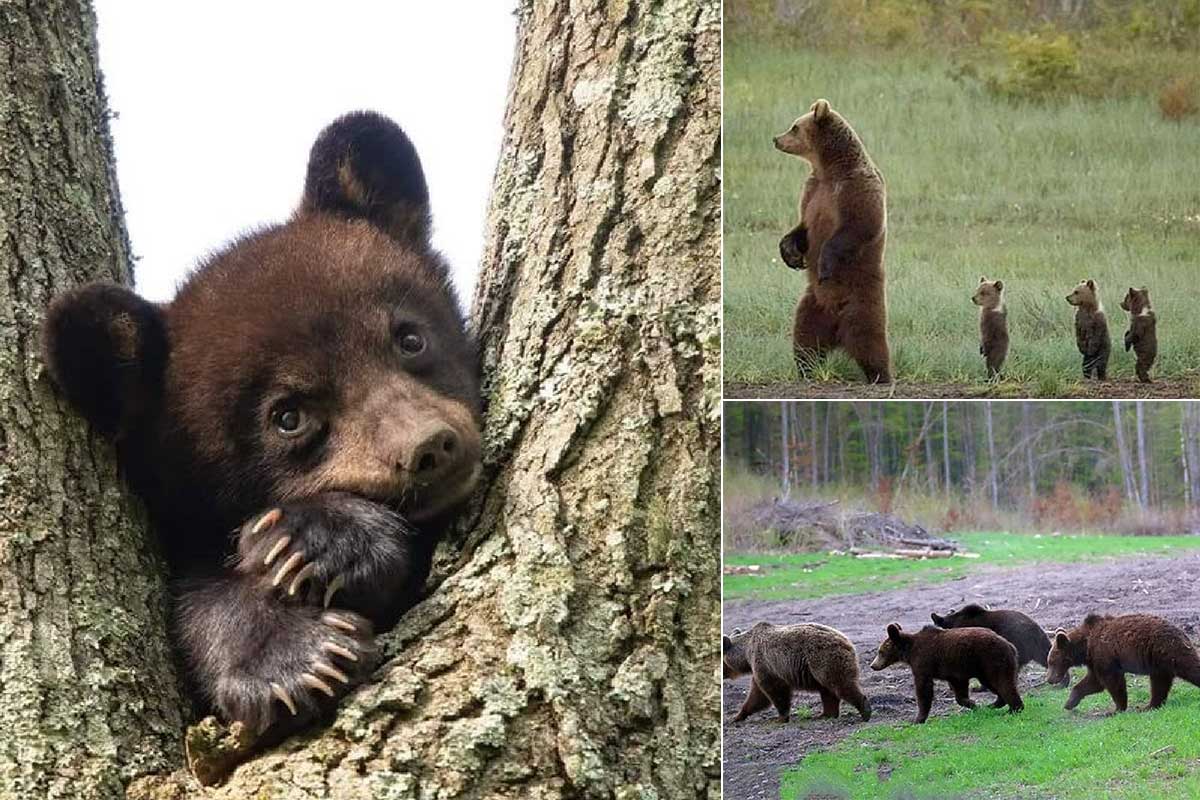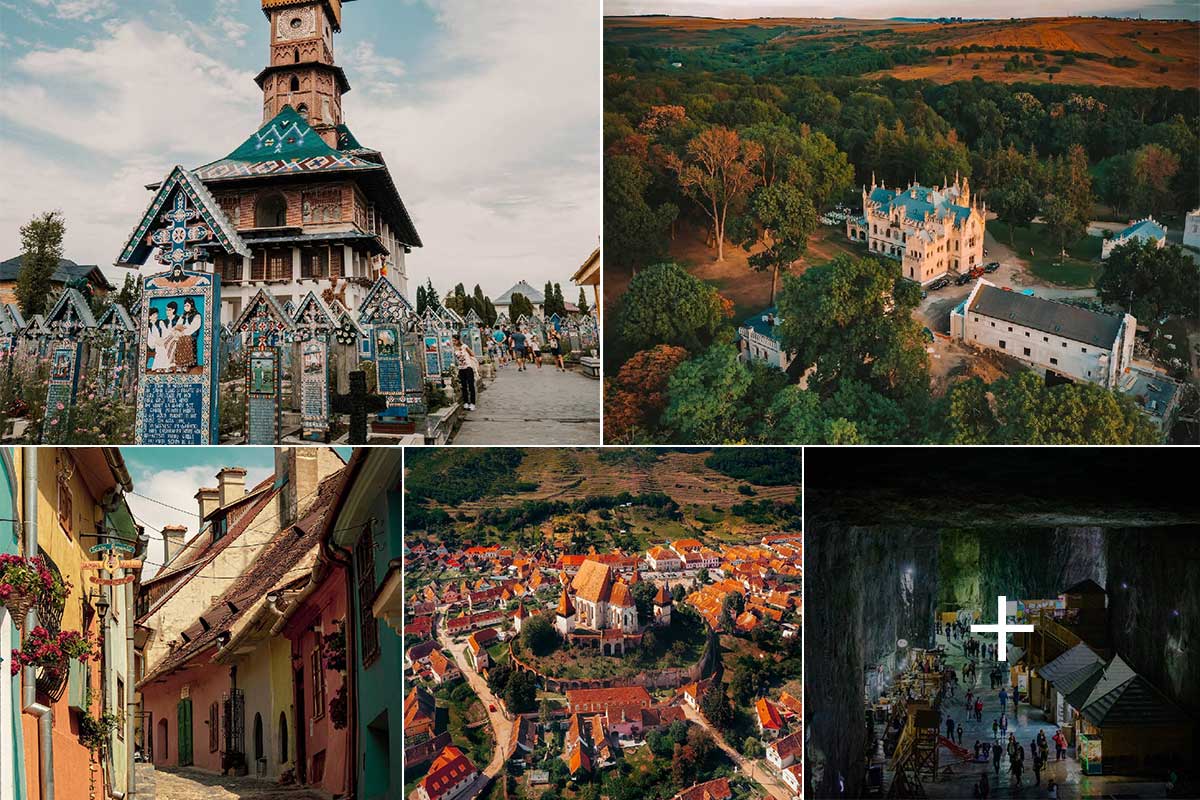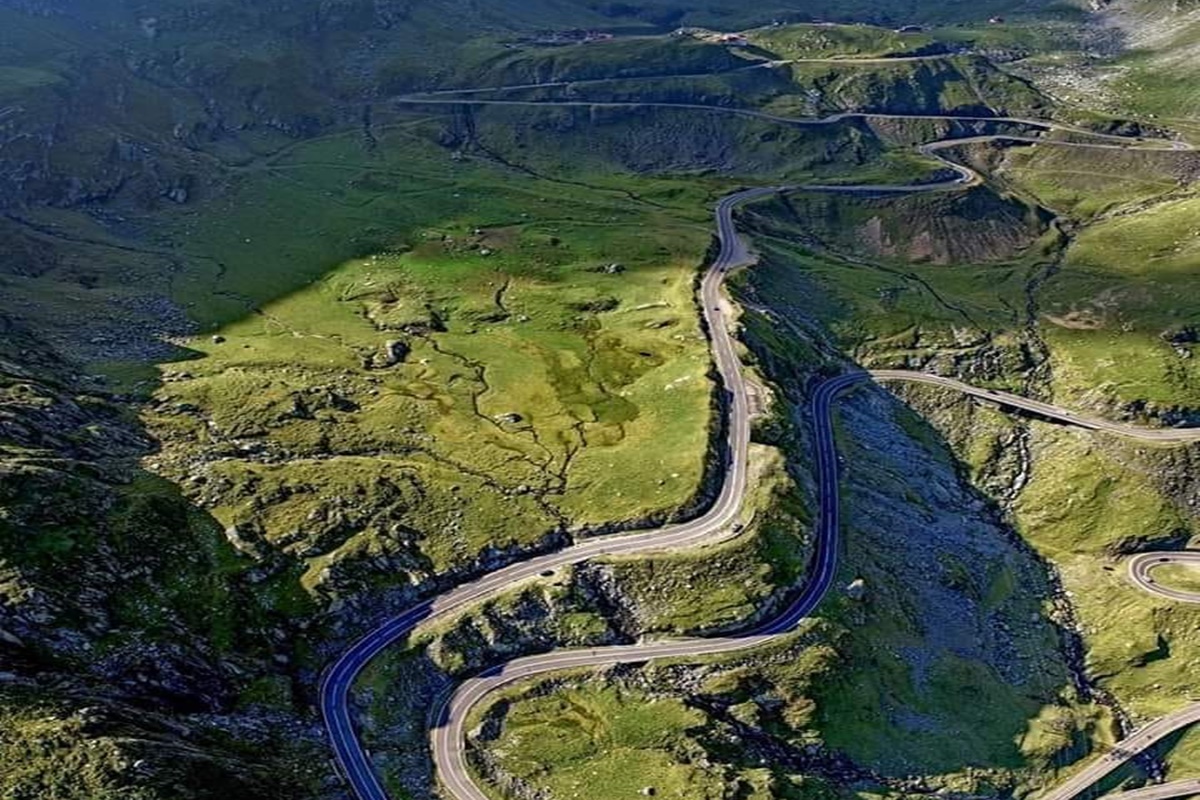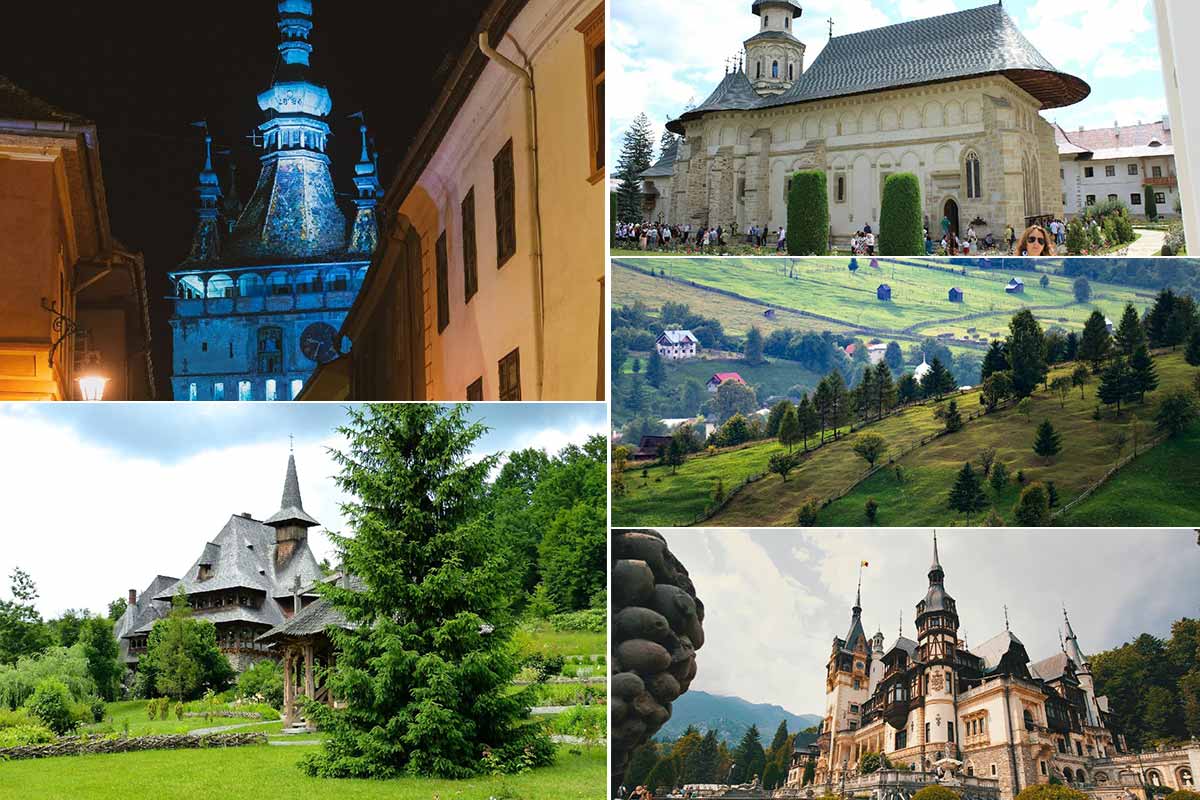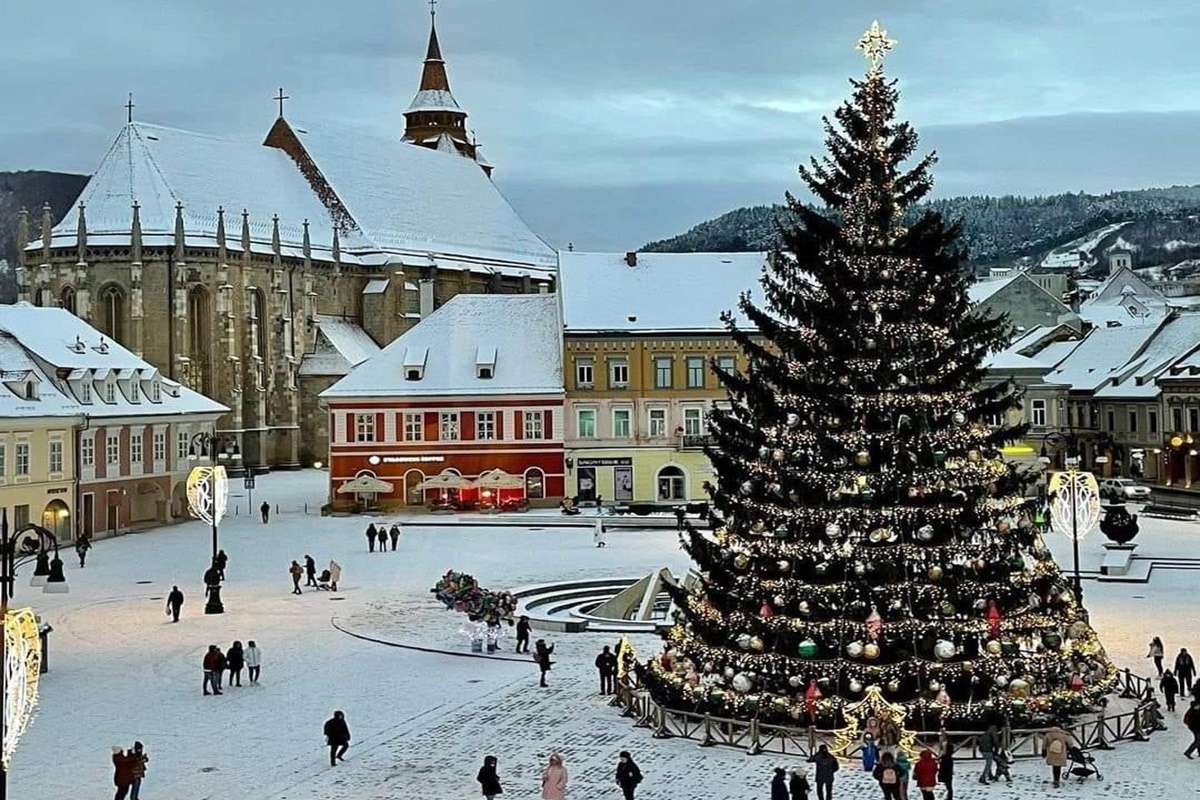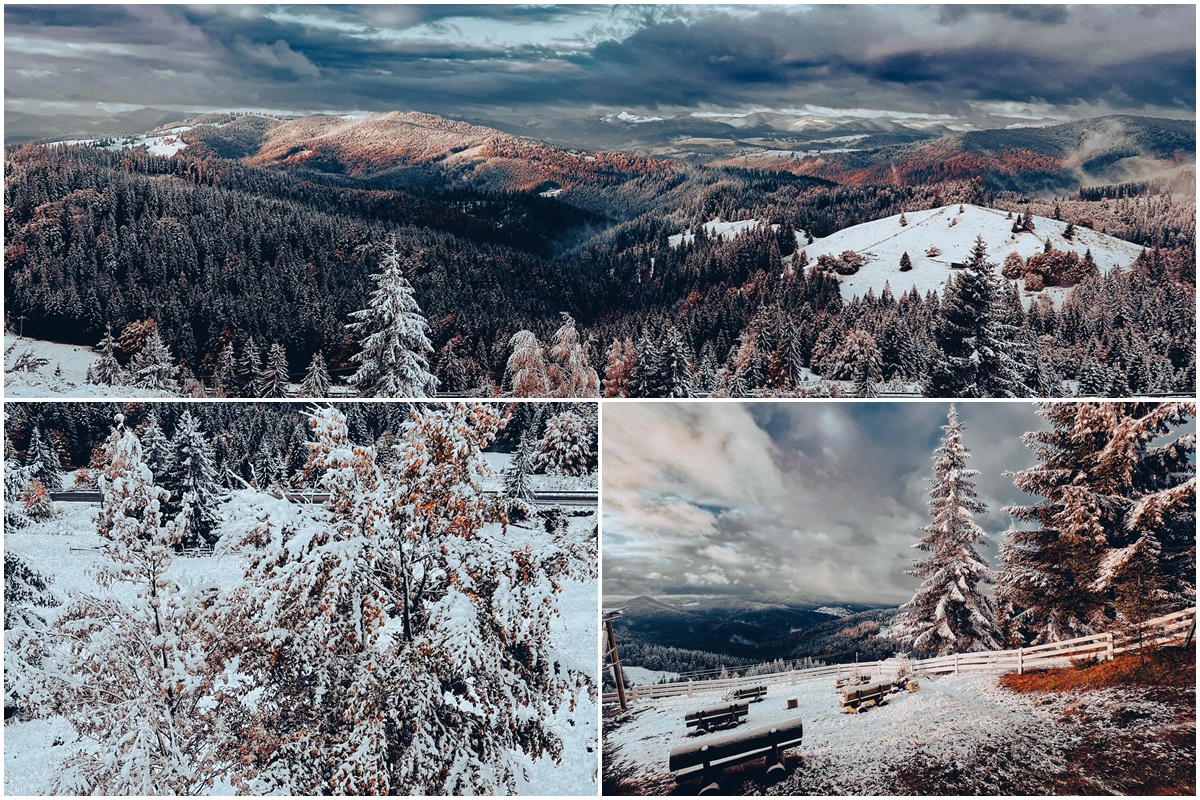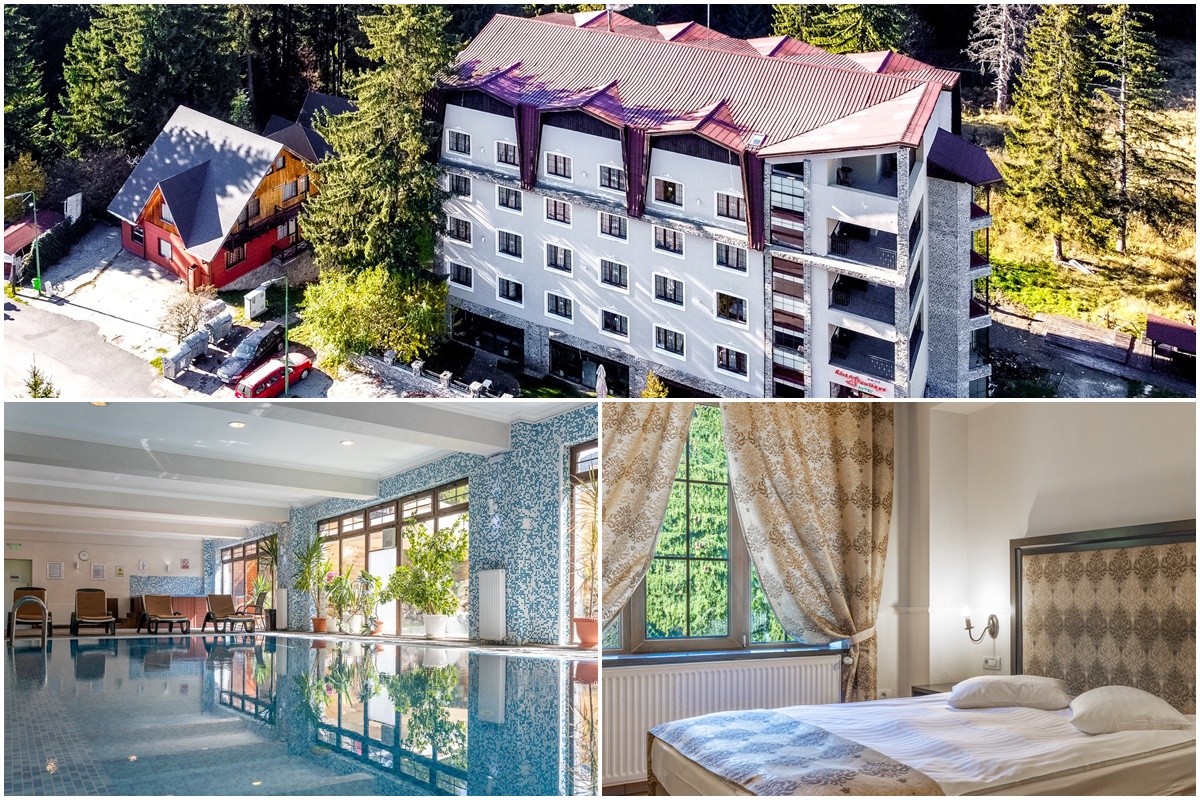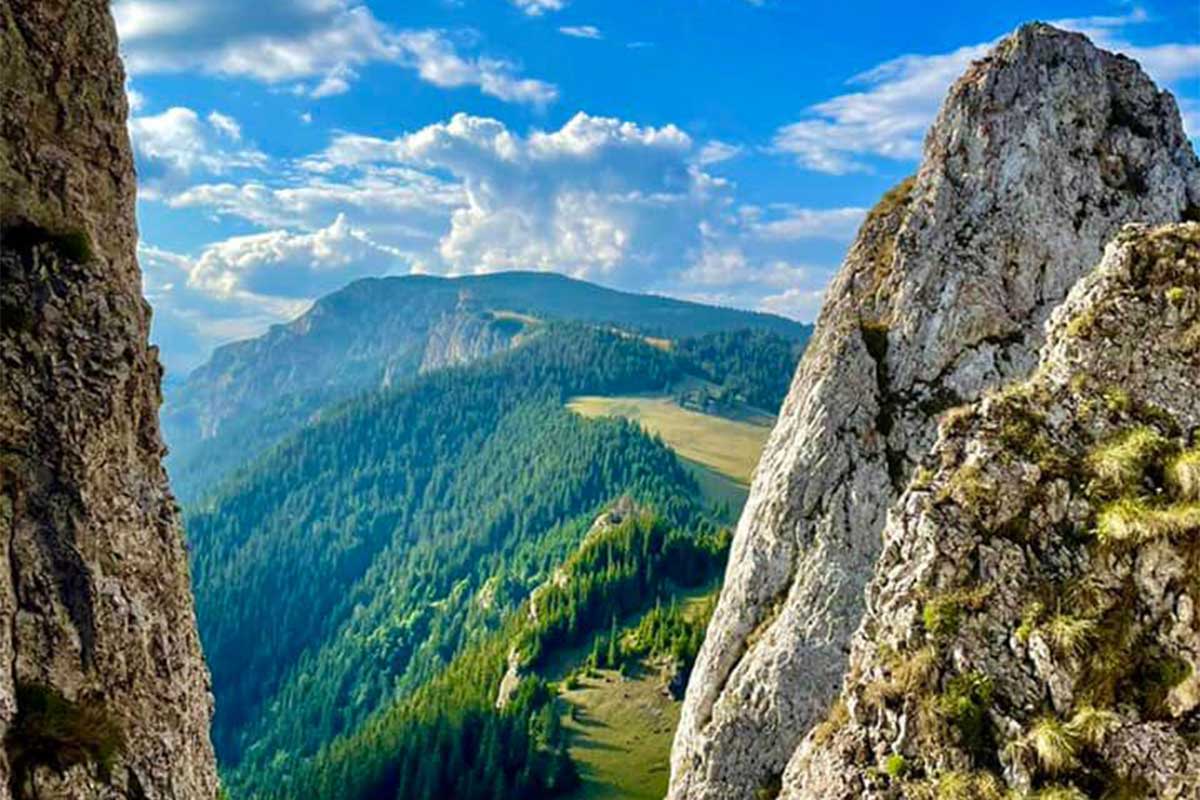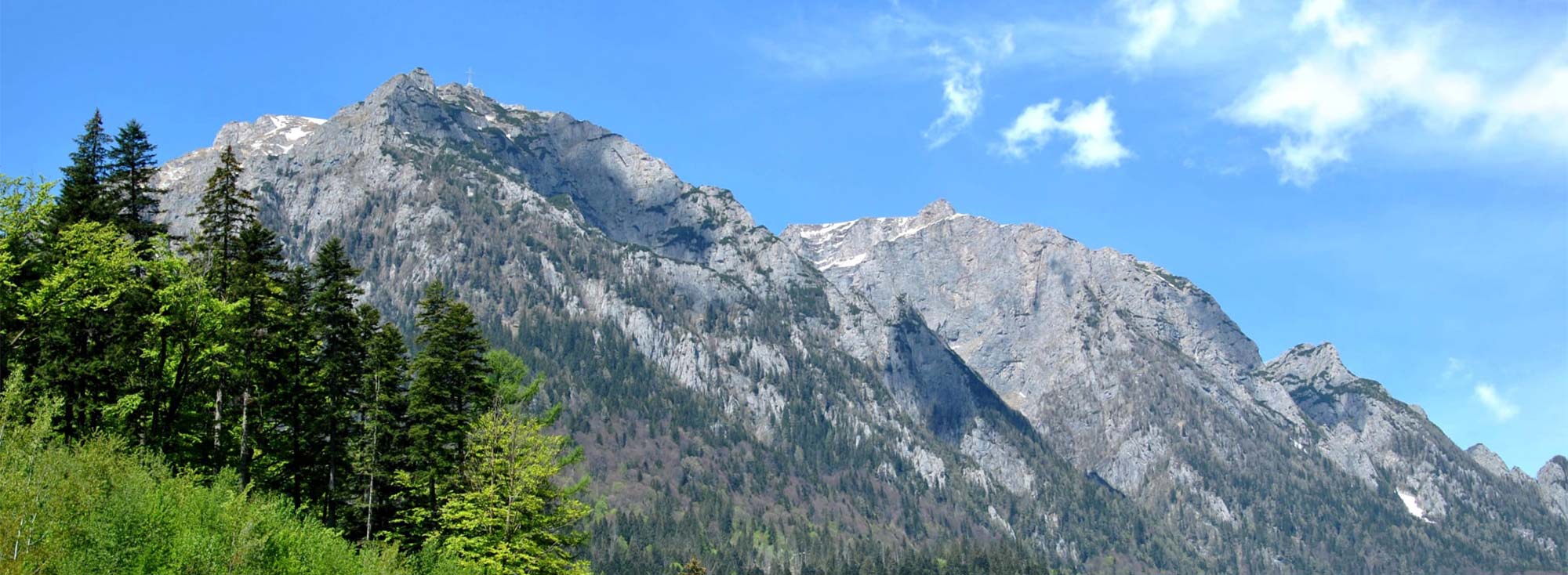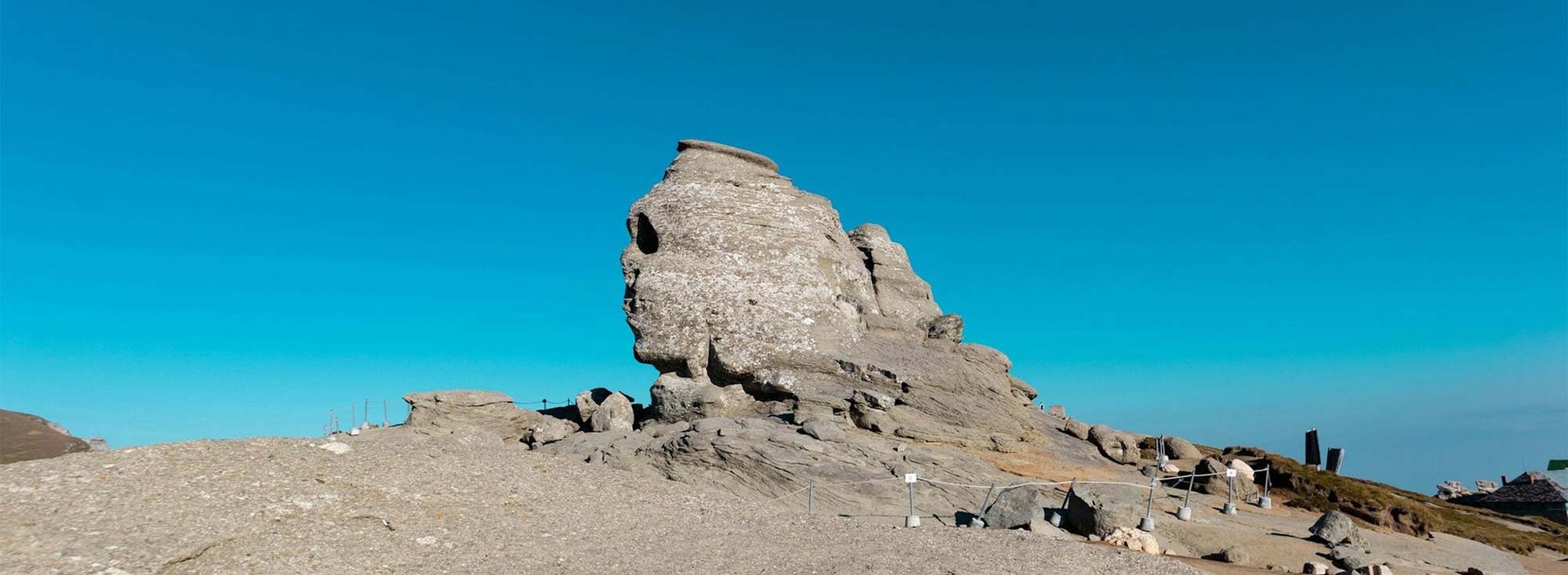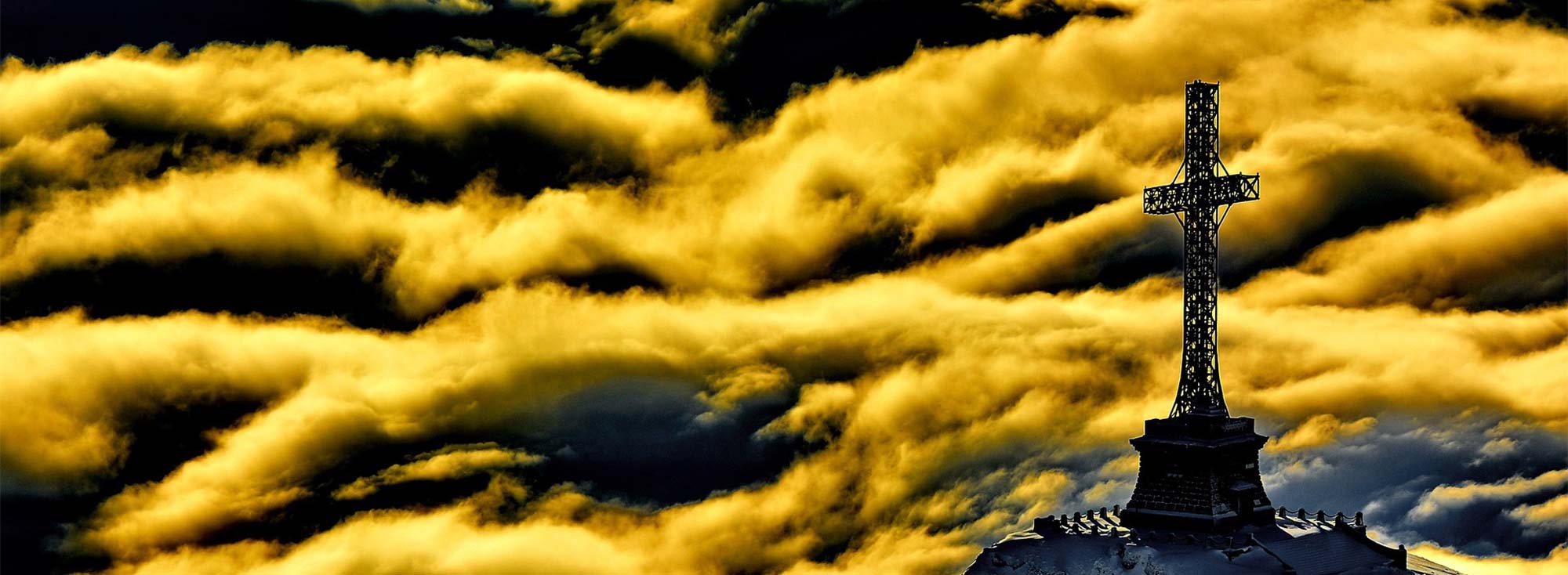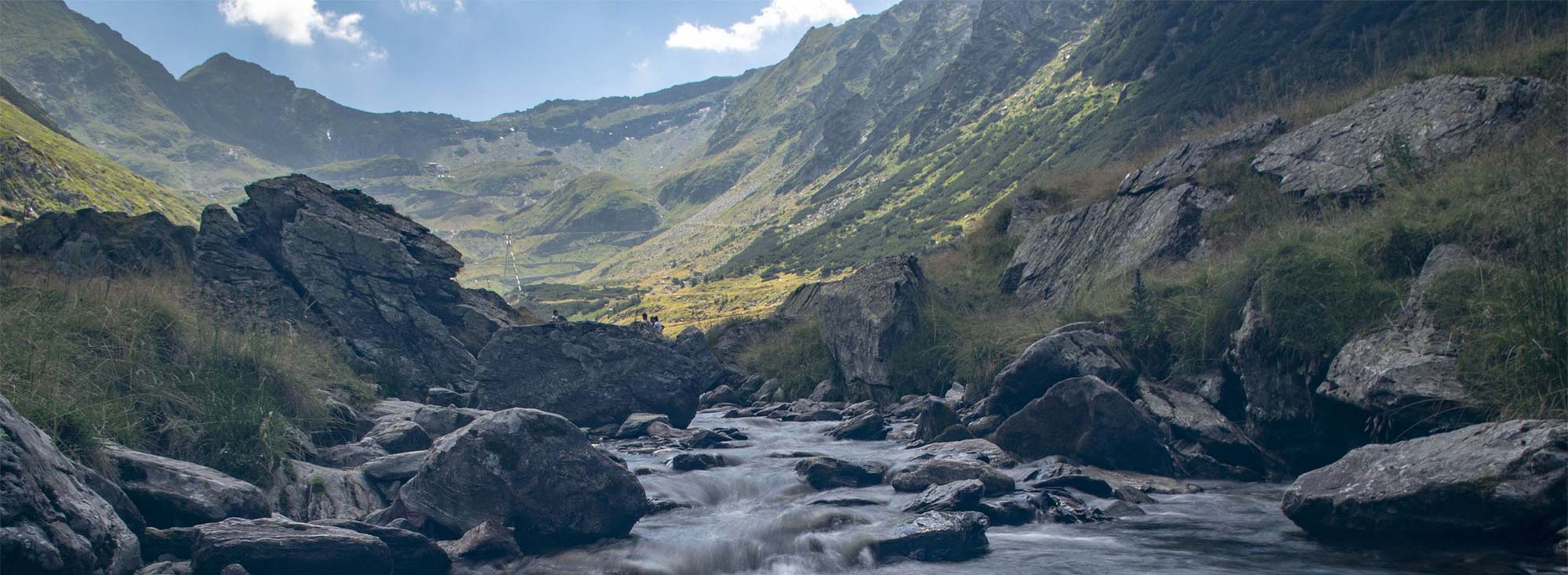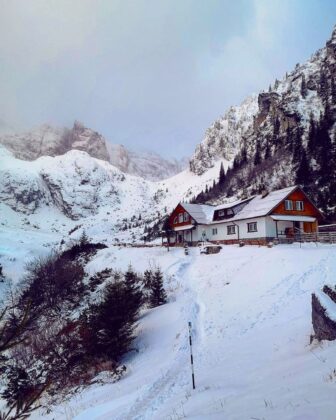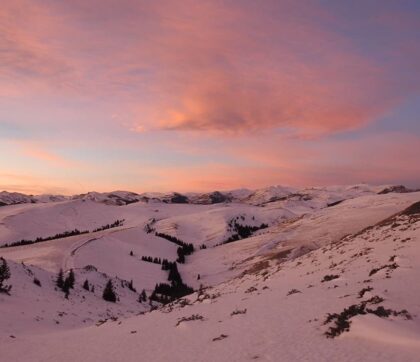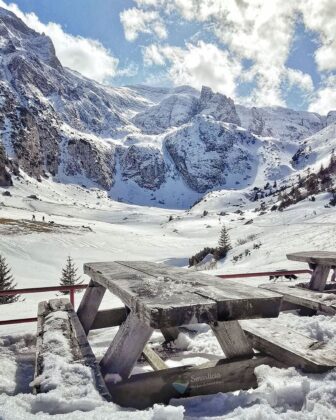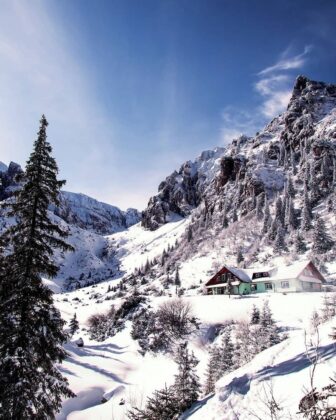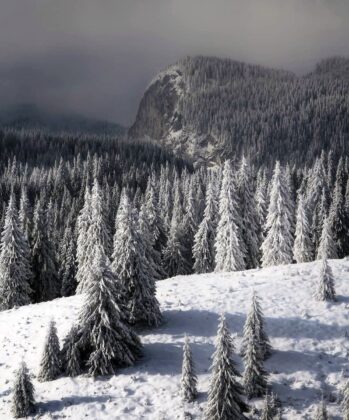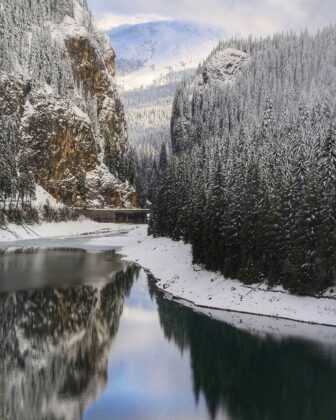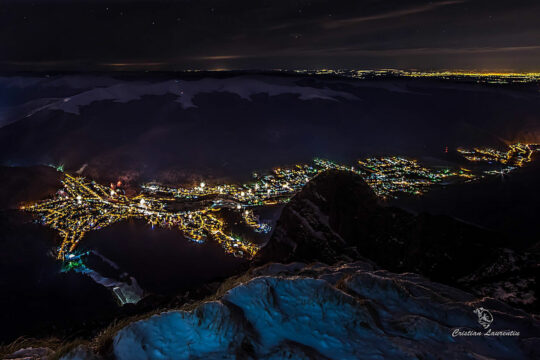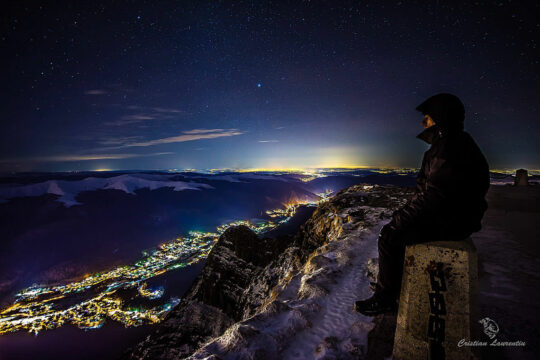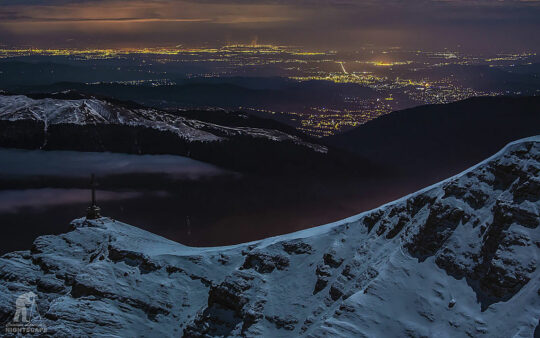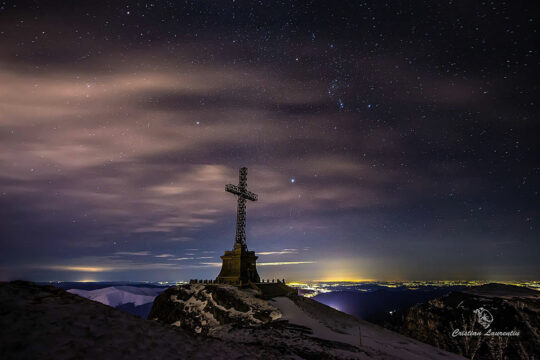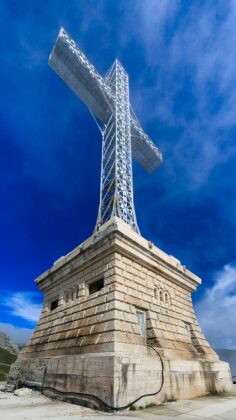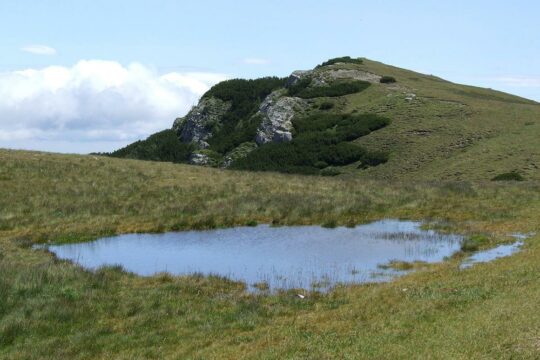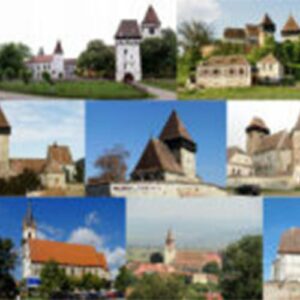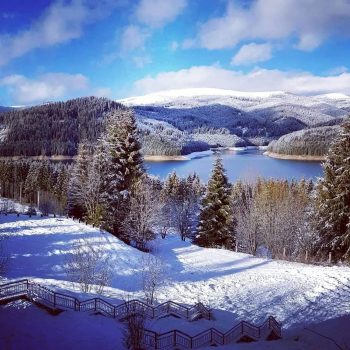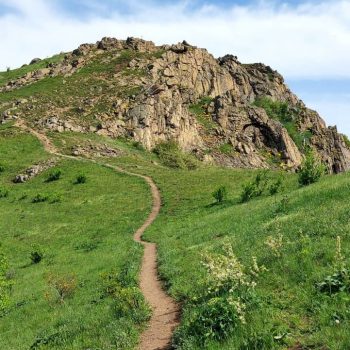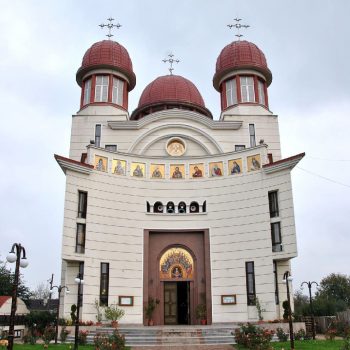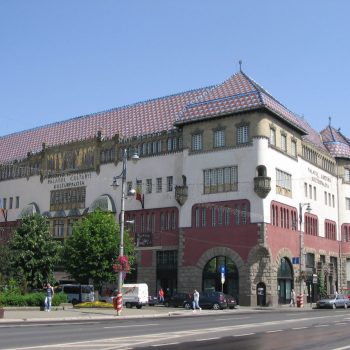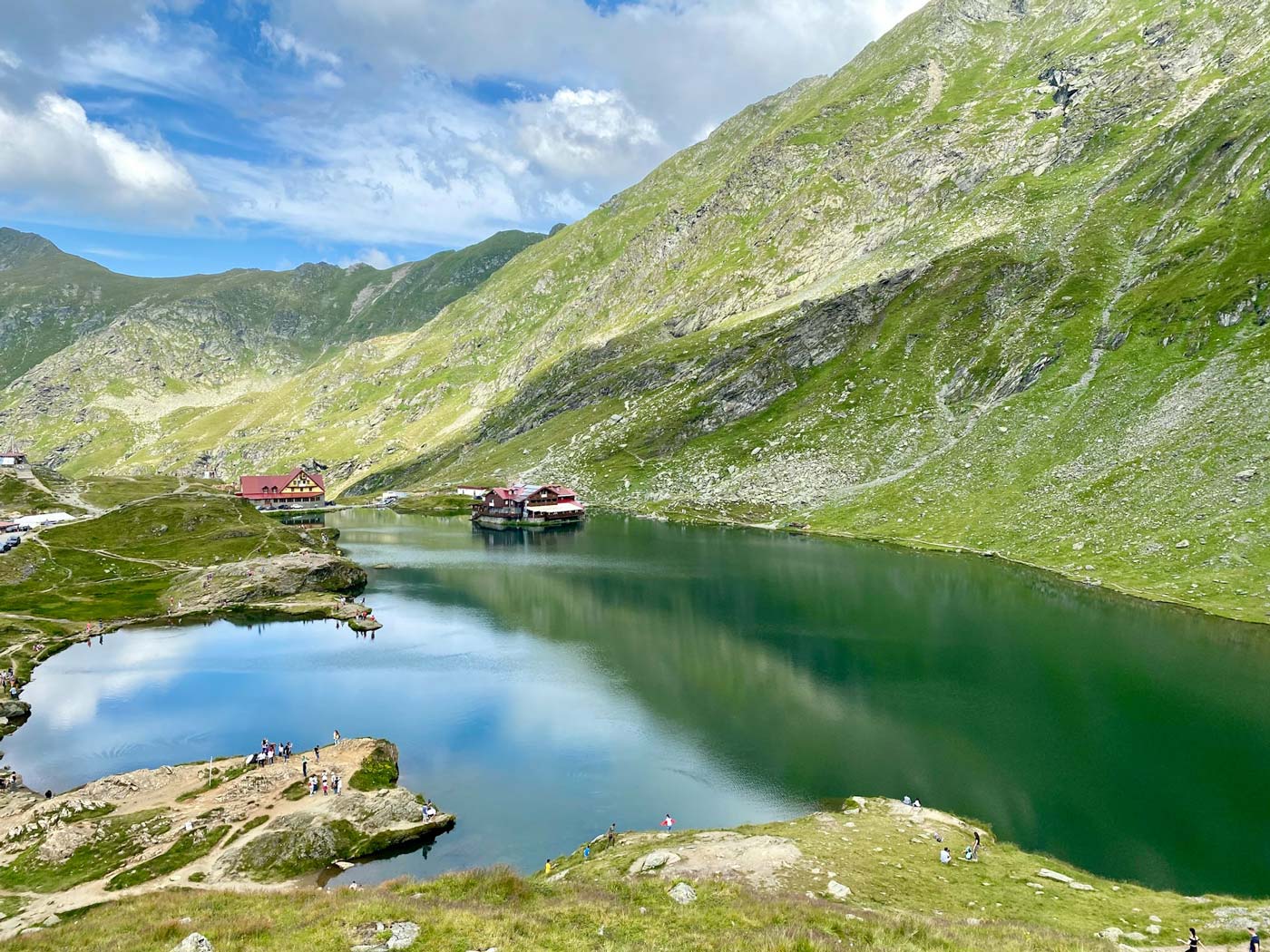Short description: The Carpathian Mountains are a mountain range belonging to the great central mountain system of Europe. The Carpathians form an arc with a length of about 1,700 km and a maximum width of 130 km, extending over 6° in latitude and about 10°…
County: Dâmbovița | Prahova | Brașov
Images: red_frog | go_out_romania | romania_ig | george_mihaiescu
More details History Points of interest of the Bucegi massif
…The Carpathian Mountains stretch over the territory of seven states: the Czech Republic, Slovakia, Poland, Hungary, Ukraine, Serbia and Romania. The Romanian Carpathians are part of the eastern sector of the Alpine mountain system, well individualized by the general direction of the main peaks, by altitude, massiveness and structure. The average altitude of the Carpathians is about 1000 m, the maximum heights rarely exceeding 2500 m (in Bucegi, Făgăraşului, Parângului, Retezatului Mountains). The Carpathians are characterized by the presence of numerous intramontane depressions and transverse valleys that are 204 million years old.
Historic
According to geomorphological and geological differences, the Romanian Carpathian chain is divided into three large morphotectonic units:
Eastern Carpathians with 3 larger groups:
– Carpathians of Maramureș and Bucovina
– Moldo-Transylvanian Carpathians
– Curbura Carpathians
Southern Carpathians with 4 large groups:
– Bucegi mountains
– Fagaras mountains
– Parâng Mountains
– Retezat-Godeanu Mountains
Western Romanian Carpathians with 3 large groups:
– The mountains of Banat
– Poiana Ruscă Mountains
– Apuseni mountains
Bucegi mountains
The Bucegi Massif occupies an area of 300 square km and is located at the eastern end of the Southern Carpathians and extends between the Prahova Valley to the east and the Bran corridor and the Ialomiței Valley to the west.
The Bucegi mountains look towards the bright cities like pearls in this valley: Predeal, Azuga, Bușteni, Poiana Țapului, Sinaia. Being of great structural and morphological complexity, the massif appears like a natural fortress, with the enclosure suspended at 1600 – 2500 m, supported by strong cliffs.
Access to the Bucegi mountains is via 2 cable car routes, one from Bușteni to Babele and Babele-Peștera and from Sinaia to the 1400 level.
In the Bucegi Natural Park there are two car access roads that cover almost the entire surface, helping the access of tourists, one on the southern side starting from the Moroieni locality and the other on the eastern side, starting from Sinaia. Access is usually via forest paths and roads.
Access towns are: Sinaia, Poiana Țapului, Bușteni, Azuga, Predeal Bran, Rucăr, Zărnești, etc.
The Bucegi Mountains also have many cabins of varying degrees of comfort, equipment and sizes, as well as a 3-star hotel in the Ialomiței Valley.
The points of interest of the Bucegi massif
The stones from Omu:
They are found on the Omu Peak in the north of the massif, being the highest point in the Bucegi Mountains, the eighth peak in Romania, with an altitude of 2,505 m.
Howling Waterfall:
Urlaotea is a waterfall formed by the Urloatea stream, near the town of Bușteni, located near the tourist route that leads from Bucegi to the Bucegi Plateau on the Jepilor Mari valley.
The Sphinx – another 2216 m:
It is located 10 minutes from the Babele cabin, the great Sphinx of Bucegi, it was apparently photographed in 1900 for the first time and in 1936 it was named as such, representing a human appearance.
Babel:
Next to the Sphinx stood the group of rocks known as Babele, being called the “Cyclopic Altars of Caraiman”, being dedicated to the Earth and the Sky, the Sun and the Moon.
Cross of Heroes of the Nation:
Of historical and touristic importance, it is a monument built between 1926-1928 on Mount Caraiman, to honor the memory of the Romanian heroes who fell in the First World War.
Our UiR database: search results for „Muntii Carpati”
